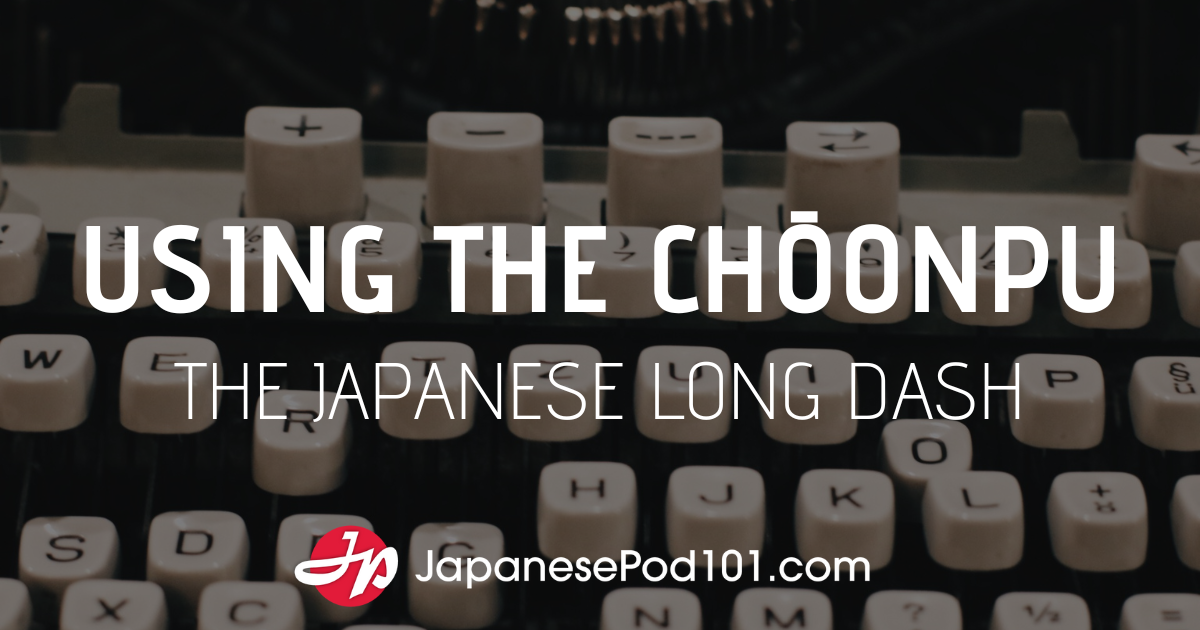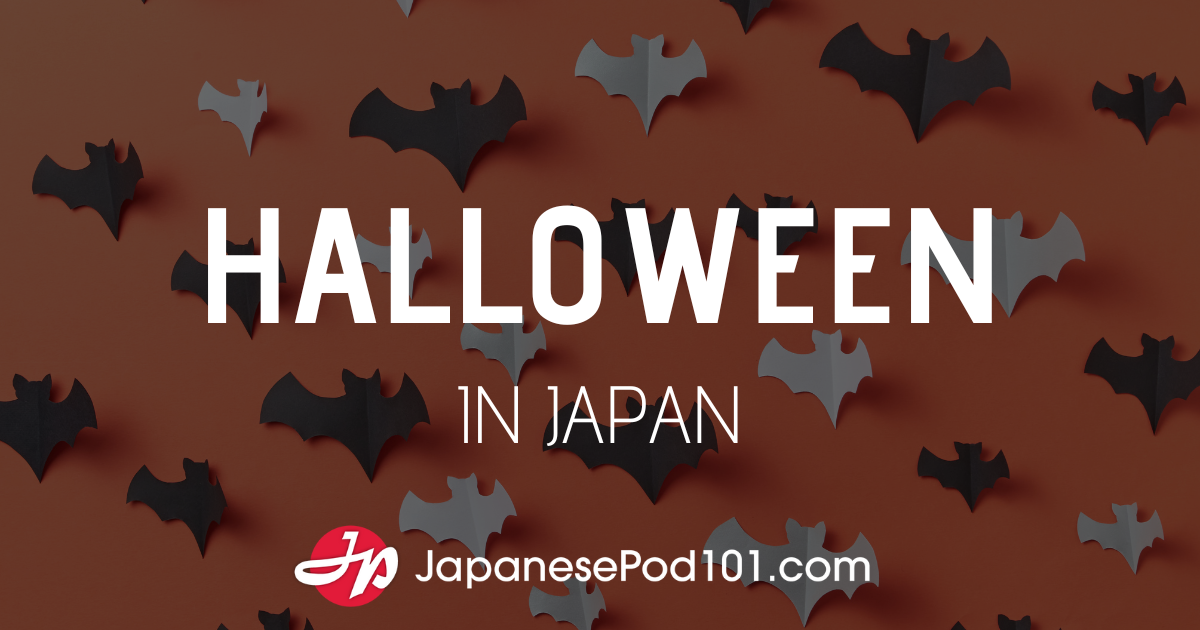| Quick Links Welcome to Kanji Curiosity | The Basics | Glossary |
明けましておめでとうございます!(Akemashite omedetō gozaimasu! Happy New Year!). We’ve seen that this 明け means “to open, begin.” What I hadn’t seen until last week was this version of the greeting:
謹賀新年 (Kingashinnen: Happy New Year)
respectfully + to congratulate + new + year
A Japanese friend posted this on my Facebook page. Although I guessed the meaning, I was puzzled both by the yomi and by the fact that I’d never heard this expression. That’s because it’s formal and is used only in writing.
Whereas the 明けまして phrase sounds completely Japanese, 謹賀新年 consists of four on-yomi, so it seems more Chinese. However, I will forever associate it with Australia, because that’s where I was last week when I received the greeting. About an hour later, while admiring koalas at a koala conservation site, I realized that the tourists next to me were Japanese. After they’d gazed at the nearest koala and said “Kawai!” several times, I showed them the message on my cell phone and asked for the yomi.
Japanese Highlights of the Trip …
They said the first part, 謹賀, was kinga. That’s not so far from “kanga”! Seeing koalas and kangaroos up close was the highlight of my trip, so I now have a mnemonic for the yomi; I’ll think of Kanga from Winnie-the-Pooh. Wait—then I might mistakenly wish someone a kanga new year! OK, instead I’ll imagine a golden (KIN: 金) kanga!
Kangaroos, koalas, and … lions—oh, my! I didn’t see any lions in Australia, but there are some lurking inside Alberto’s January haiku calendar:

In a new arrangement, you’ll find the yomi and an explanation in a comment to be posted by Alberto.
A Promising Future
As we start another year and another decade (at least as most people see it), it’s a good time to return to 望 (BŌ, MŌ, nozo(mu): hope, wish, aspire to, desire, look afar, look forward to). After all, this kanji can convey hope for a promising future. So does the following word:
有望 (yūbō: good prospects, full of hope, promising)
to have + to hopeI love how the 月 shape repeats in this compound.
This word pops up in the following phrase, which could describe either a person or a venture:
将来有望 (shōrai yūbō: of great promise; with a promising
future)
to be about to happen + future + to have + to hope
As long as we’re talking about promising futures, here are two ways to say that:
好望 (kōbō: promising future) favorable + hope
前途多望 (zento tabō: promising (rosy, bright) future, offering
promising prospects) before + route + many + hopes
High Hopes
With all this talk of a new year (and decade), promising futures, and a road not yet traveled, there’s every reason to have high hopes. This word helps you express that:
嘱望 (shokubō: (having great) expectation; pinning one’s hopes on)
to entrust + to hope
Whoa, that first kanji looks pretty crazy, but it contains recognizable components: 口, 尸, 禹. There, that’s a little tamer, right?
The next word also brims over with hope and expectation, but the object of that hope and expectation lies in the very near future (将来):
待望 (taibō: expectant waiting) to expect + to hope
Adding の (no) turns this noun into the adjective “long-awaited”:
残念ながら待望の試合は中止せざるを得なかった。
Zannen nagara taibō no shiai wa chūshi sezaru o enakatta.
Unfortunately, we had to call off the long-awaited game.残念ながら (zannen nagara: unfortunately)
to remain + thoughts
試合 (shiai: game) to try + mutual
中止 (chūshi: suspension, discontinuance)
in the middle + to stop
せざる得ない (sezaru o enai: cannot avoid doing; is compelled to do; has to do)Su is an older form of suru (to do). The negative of su is sezaru. Even though sezaru is old and formal, people continue to use it colloquially. According to Halpern, 得 in this case means “can, to be able to.”
If you want more proof of hiragana’s transformative powers, aside from all that の has wrought here, just look at how we can take the following on-yomi construction …
待望 (taibō: expectant waiting) to expect + to hope
… and add hiragana to get this kun-kun expression:
待ち望む (machinozomu: to look forward to, expect)
to expect + to hope
Cool-sounding word! I mean, it’s confusing; if I heard it, I would imagine that someone was hoping for a town (町, machi). But no, the object of hope is probably something else, and the next sentence lets you imagine what that something might be:
これを待ち望んでいました。
Kore o machinozonde imashita.
That’s what I was waiting for.
Me? I think they’re talking about spotting kangaroos in the wild and watching them bounce across a field into the woods. Nothing quite like it!
Time for your Verbal Logic Quiz.









